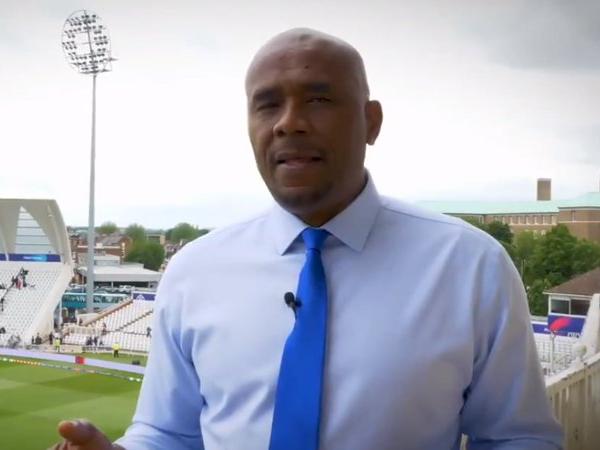
Some small businesses are struggling to determine whether they are eligible for loans from the recently reopened Paycheck Protection Program, especially those that are affiliated with other companies.
The program, which is overseen by the U.S. Small Business Administration and the Treasury Department, reopened in January after Congress in December authorized its relaunch with $284 billion in funding. The SBA has approved $125.75 billion in loans so far from the second round as of Feb. 15. Since the initial launch of the PPP program last spring, it has shelled out $648.18 billion to companies.
This time around, it is targeting firms hit hardest by the pandemic. The program sets aside funds for loans to businesses with 10 or fewer workers, as well as for loans of $250,000 or less to firms in areas with low or moderate incomes. The loans, which are forgivable if applicants meet certain criteria, are based on the size of a company’s payroll and available to both first- and second-time borrowers. Businesses have to apply by March 31. There were about 31.7 million small businesses in the U.S. last year, according to the SBA.
The rules for the second PPP round differ from the first and now exclude public companies. Businesses only receive a second loan if they can demonstrate that their revenue fell by 25% during one quarter in 2020 compared with the prior-year period. The requirement didn’t exist during PPP’s original run, which ended in August.
Many privately owned small businesses are grappling with the SBA’s rules around affiliation and the criteria for how to measure revenue declines, accountants and corporate advisers say. Affiliates are typically businesses that have common equity owners or are controlled by the same entity. Entrepreneurs frequently run more than one small-business entity.
Lacking additional SBA guidance, a company could interpret that the revenue test should be applied to itself and its affiliates combined, said David Merzel, a principal at accounting firm Kaufman, Rossin & Co. If the combined entities meet the requirement, it appears that each affiliate applying for the loan would initially be eligible, he said.
“There are many unanswered questions from the SBA,” Mr. Merzel said. The agency last month gave guidance on how to calculate eligibility for a second PPP loan for a borrower with affiliates, but accountants said it is still too broad.
For companies that share ownership, it is unclear which of them could qualify for a second loan, especially if an affiliate such as a management or holding company received the first loan, said Lisa Simpson, a vice president at the American Institute of Certified Public Accountants, a professional organization.
The uncertainty makes it harder for the companies, some of them in serious need of funds, to know if they are eligible. It also could present an issue for taxpayers who fund the program and potentially provide assistance to companies that don’t particularly need it. “That’s not what the program was intended to do,” Mr. Merzel said.
Small businesses battled with vague affiliate rules before, during the first PPP program. In some cases, affiliated entities weren’t able to apply if they had a combined count above a threshold of 500 employees, said Jack Rybicki, a principal at accounting firm CliftonLarsonAllen LLP.
It is unclear whether the SBA will address affiliate-related concerns before the program expires. A spokeswoman for the agency didn’t directly comment on questions about affiliate rules but said lenders, which process PPP applications for businesses, can provide general guidance.
The program’s revenue criteria poses additional challenges for potential borrowers. Some small businesses are unclear on which methodology to use to determine the decline, for example a cash-based accounting approach or a different method, said Ben Richmond, U.S. country manager at accounting-software company
Xero Ltd.
The SBA has asked companies to apply the same methodology to the two quarters they are comparing.
Owners who think their businesses qualify also worry the SBA could change the rules, which it did on various occasions during the first round of PPP, Mr. Rybicki said.
Meanwhile, some companies that received $2 million or more from the initial round in recent weeks had to justify why they needed the funds. The businesses are now waiting to find out if the SBA will forgive their loan.
O’Brien Industrial Holdings LLC, a St. Louis, Mo.-based owner of several businesses, earlier this month received a second PPP loan and asked the SBA for forgiveness for the first, Chief Financial Officer Jim Spellmeyer said. The company, which didn’t have problems with the affiliate rules, hopes to regain its footing with the funds, Mr. Spellmeyer said.
O’Brien cut staff by 25% to about 100 in the second quarter of 2020, but managed to rehire some workers after its business improved, thanks in part to the first PPP loan it received. “It helps to make up for some of the ground we lost,” he said.
Write to Mark Maurer at mark.maurer@wsj.com
Copyright ©2020 Dow Jones & Company, Inc. All Rights Reserved. 87990cbe856818d5eddac44c7b1cdeb8
24World Media does not take any responsibility of the information you see on this page. The content this page contains is from independent third-party content provider. If you have any concerns regarding the content, please free to write us here: contact@24worldmedia.com

Marnus Labuschagne Caught Off-Guard By ODI Captain Call After Steve Smith Snub

Everyone Is Looking Forward To It, The Standard Will Be Very High – Jacques Kallis On CSA’s SA20

Danushka Gunathilaka Granted Bail On Sexual Assault Charges

Ramiz Raja Sends Legal Notice To Kamran Akmal For Defamatory, False Claims Against The Board

Harbhajan Singh Reckons Mumbai Indians Should Release Kieron Pollard Ahead Of The IPL Auction 2023

Ian Bishop Praises Sam Curran For His Performances On Bouncy Australian Tracks

Why Choose A Career In Child Psychology?